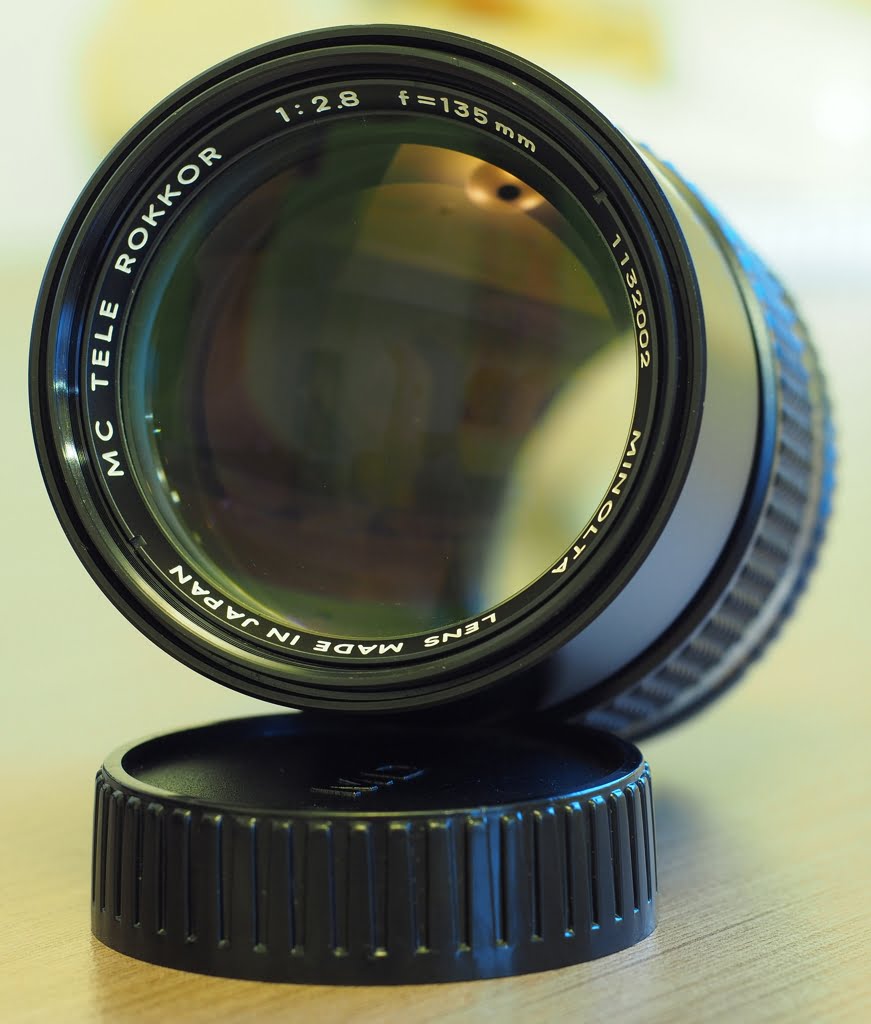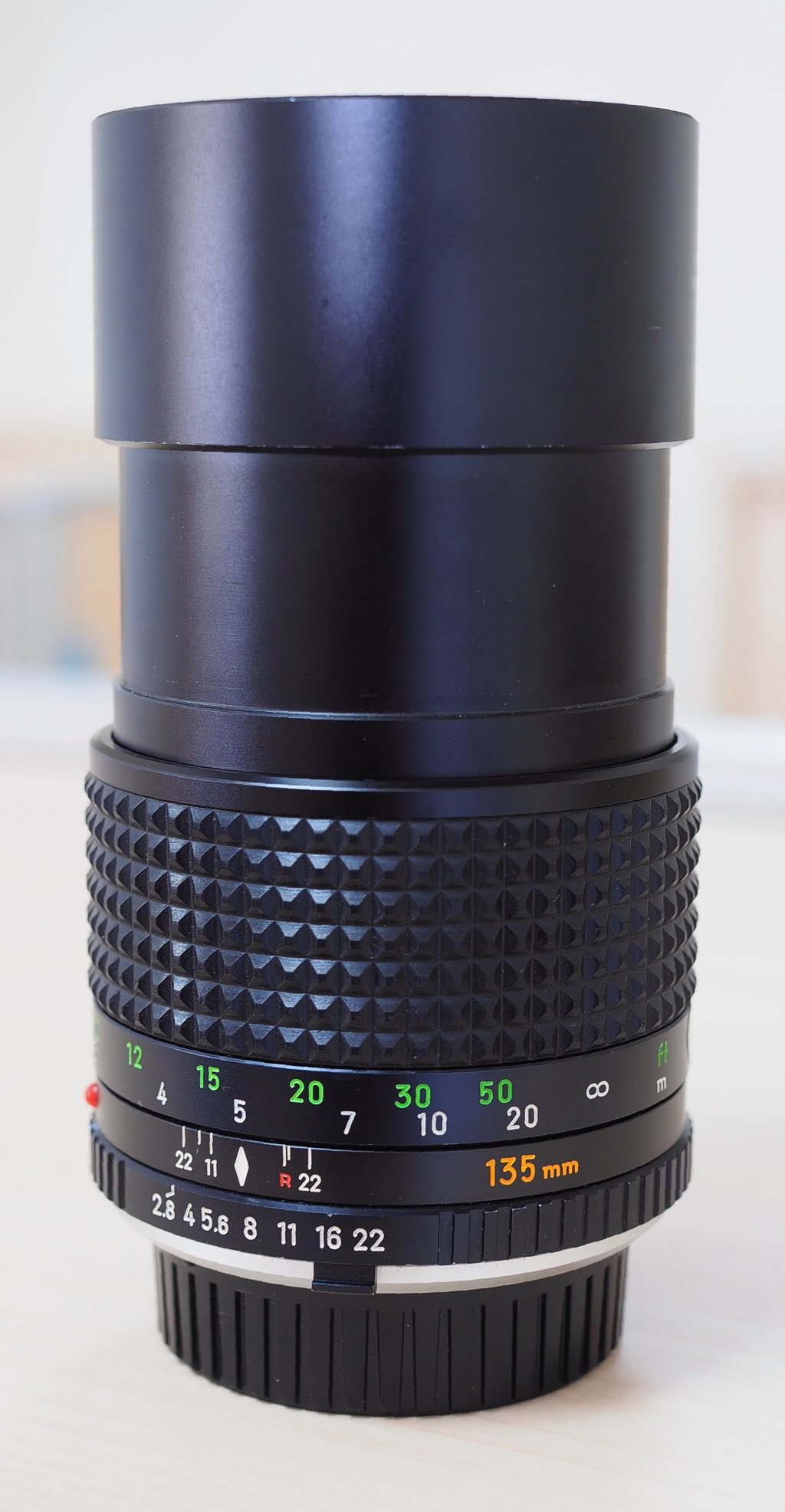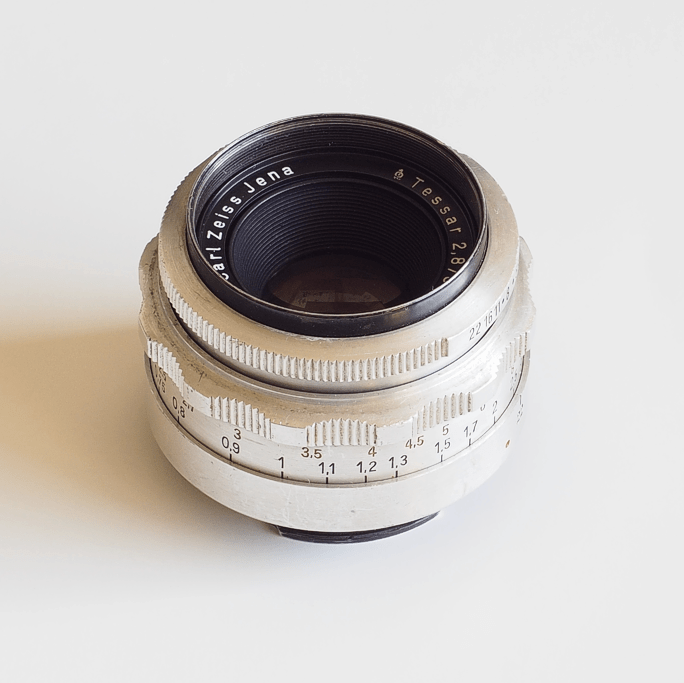In this post, I’m sharing my experience with the Minolta MC Tele Rokkor 135mm f/2.8 lens on a Micro Four Thirds (MFT) camera. This is my first lens review, and while it won’t delve too deeply into technical details, I’m more interested in the results and how they look.

For MFT cameras, the selection of telephoto lenses is still somewhat limited. While there are telephoto zoom lenses that reach up to 300mm, prime telephoto lenses are scarce. The longest focal lengths currently available are the Olympus M.Zuiko 75mm f/1.8 and the Samyang (Rokinon) 85mm f/1.4. Reflex lenses from Tokina and Samyang (both 300mm) are also options, but their optical quality doesn’t compare to that of a prime lens. One advantage of the MFT system is its short flange focal distance and small lens mount diameter, allowing a wide variety of third-party, vintage, and legacy lenses to be mounted on MFT cameras.
Some time ago, I discovered Minolta Rokkor lenses, renowned for their excellent optical qualities. I’m particularly fond of the saturated colors and contrast-rich images these lenses produce. Since I was missing a telephoto lens in my collection, I decided to look for a 135mm Minolta lens. These lenses are quite common, and I easily found one in good condition at a reasonable price (the f/2.8 and f/3.5 versions are affordable, though the f/2.0 is rare and expensive).
I purchased my copy for around 90 Euros, and it’s in great condition—no scratches, no oil, just some dust inside, which could be easily cleaned. I mounted the lens on my Olympus OM-D E-M10 using a KIPON lens mount adapter. Due to the 2x crop factor of MFT cameras, the lens offers a field of view equivalent to a 270mm telephoto lens. Thanks to the in-body image stabilization in Olympus OM-D cameras, you can shoot handheld with this lens in most situations.
Build Quality
Two words: very good. The lens is made of metal and glass, giving it a solid, well-built feel. It weighs 517g and is about 9 cm long—quite heavy and large for an MFT setup, but not overly so. I also have a Sigma 24-70mm f/2.8 zoom lens that’s cumbersome to use on MFT cameras due to its size and weight. The Rokkor lens, however, is much more manageable. The focus ring is nicely damped, and the wide rubber ring provides excellent grip. The aperture has six blades, and the aperture control ring rotates smoothly. However, I find the resistance slightly too light, making it easy to miss a stop—this may be an issue specific to my copy. The aperture ranges from f/2.8 to f/22, with stops in between, except between f/2.8 and f/4, and f/16 and f/22. A nice feature is the built-in lens hood.

Focus
This is a purely manual lens, with no autofocus or electronic components. Focusing is straightforward, especially with magnification and focus peaking features, which provide good control. The focus ring rotates 270° from the closest focusing distance (1.5 meters) to infinity, allowing for very precise focusing. With the lens mount adapter, the focus extends just slightly beyond infinity.
Image Quality
The image quality is excellent, as is typical for Rokkor lenses, producing beautifully saturated colors.
The lens is sharp from corner to corner. Wide open at f/2.8, images are slightly soft, but this is only noticeable when zooming in. Stopping down by one stop results in tack-sharp images, with the sweet spot around f/8, where the images are razor-sharp. Beyond that, at f/16 and f/22, the images become noticeably softer. Below is an image I shot to test sharpness at different apertures, with red squares indicating the areas where I took 100% crops.



Bokeh
The lens produces a pleasing, creamy bokeh. At f/2.8, the background blurs together beautifully. Due to the long focal length, the depth of field is very shallow at the widest aperture, which can cause parts of your subject to fall out of focus. Even when stopped down to f/8, the background remains nicely blurred.


As mentioned earlier, the colors produced by this Rokkor lens are impressive. While there is some chromatic aberration when shooting wide open or in high-contrast situations, it’s not particularly disturbing—in fact, it adds a subtle glow and a unique character to the images. Instead of further describing the colors and performance, I’ll let the example photos speak for themselves.
Example Video
Please note: The video was filmed four years after the original review was posted, using the Olympus OM-D E-M5 Mark II. However, the example photos below were taken with the Olympus OM-D E-M10 Mark I, so some differences in quality might be noticeable.
Example Photos






Conclusions
In my opinion, this is a fantastic lens with exceptional image quality: tack-sharp, vibrant colors, good contrast, and no visible distortion. If you’re comfortable with manual focus, this lens is an excellent alternative for a telephoto prime lens on an MFT camera or other mirrorless systems. And the best part? You can get it at a very reasonable price.
Enjoyed this article? You can get early access to my maps, blog posts, and exclusive content by becoming a supporter on Ko-fi. I also share updates and insights on Facebook, post photography and snapshots on Instagram (@eyes_on_taiwan), and showcase maps and Taiwan data on Instagram (@taiwan.maps.dataviz). You’ll also find me on Threads and Bluesky, where I share new maps and links to blog articles. Looking forward to connecting with you!
If you like this content and don’t want to miss new blog posts, consider subscribing to our newsletter!



Thanks Alex…very helpful.
Chris (New Zealand)
Thank you for this review. Since you have mft, same as me, how do you cope with working distance? In order to take medium portrait shot in landscape, I think working distance is about 7m. Not so practical. What do you think?
Hi Ivan, I haven’t used the lens much and in the past I didn’t used it for portraits. So the working distance was never an issue for me. But I agree, that 7m working distance might be a bit unpractical.